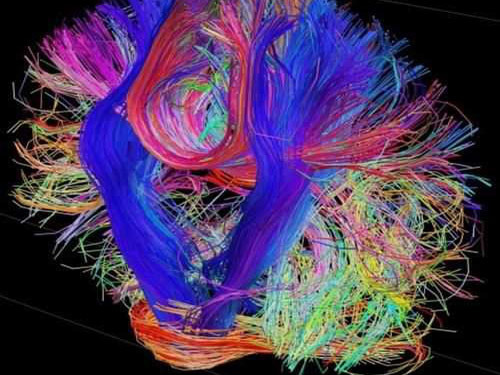
Each engineer is concerned that Moore's Law (ie, the density of transistors will double every two years) will continue forever. So far, the effect of Moore's Law can only be extended by scaling down to smaller geometries, but now it is getting closer to the size of the atom, and many people are seeing the problem happening: when it shrinks to one atom per memory cell, Will Moore's Law be coming to an end?
In addition to the geometry, there are many other factors involved. According to Igor Markov, a professor and IEEE academician at the University of Michigan, the miniaturization is just one of the obstacles Moore's Law must overcome. Igor Markov is also the author of VLSI Physical Design. In the latest issue of Nature magazine, Markov's basic constraints on computation from manufacturing to physical energy consumption, physical dimensions, algorithms, and design and verification.
"In 1956, Richard Feynman's famous statement pointed out that "the space underneath is still very big." Nowadays the situation is different, but it is also rich in energy. A few years ago, the semiconductor industry learned about energy efficiency. It can be improved, but in addition to the traditional size reduction, it is necessary to find a better way of including reorganized micro-architecture."
Therefore, Moore's Law is no longer merely to make transistors smaller, but to continue to improve computing power in other ways to face new problems. According to Markov, multi-core parallel processors are not the answer to this question, because eventually they will face the same problem. Therefore, the answer to the question is to make good use of Moore's Law.
There are many obstacles to Moore's Law, some of which can be expressed in terms of the basic laws of nature, but may also come from other factors.
"We should be able to go further, at least in theory," explains Markov. "For example, we don't know how to use nuclear energy for computing. Of course, the reason for this difficulty lies in more fundamental restrictions, such as heat transfer." Quantum confinement and entropy flow."
Markov thinks that in addition to the limitations, there are more ways to use non-miniature methods to achieve faster operations for single-core or parallel processors. In fact, Markov claims that there are several basic restrictions that may bring new opportunities to emerging technologies and allow him to carry out extensive and extensive research on the limitations of Moore's Law.
"The restrictions on energy and power consumption seem to be more relaxed, and there are plenty of room for improvement," Markov said. "And there are powerful ways to circumvent the assumptions behind these restrictions and trigger issues that can be further studied. ."
According to Markov, there are currently more than a dozen restrictions that cannot be overcome, but they are loose and do not necessarily affect all computing performance - such as the length of Planck, the limits of Bekenstein, and the radius of Schwarzschild. "Some may be relevant, but there may be pitfalls. For example, P!=NP" - If the solution to the problem can be quickly verified by a computer, can it be solved quickly by computer?
The use of a biological model like the human brain shows that memory is allocated between each computational node (synaptic) and there is a limited interconnection. However, it can be compensated for by achieving higher energy efficiency - using slower switching speeds, low supply voltage, liquid cooling, and different energy networks.
Other limitations that affect wafer development are not directly related to the size of the components, but rather affect how more efficient interconnects are—Markov calls them “tyranny of interconnectsâ€.
Another aspect that speeds up operations is new materials that can make interconnections faster and more energy efficient. Markov explained: "For example, carbon nanotube transistors provide greater driving force. Even metal wires can simplify interconnection buffers, reduce wiring delays, reduce energy consumption, and occupy the entire circuit area. On the other hand, basic Limitations often apply equally to new and existing technologies, so it's more important to understand them before achieving new advances in power consumption and performance."
It is possible to abandon Moore's Law to simulate natural systems, which seems to be an alternative to those that do not meet the constraints of Moore's Law and are often better than semiconductor products designed by engineers working.
Another approach is to simulate natural systems. It often seems to perform better than engineering semiconductors, but it also has some limitations that are incompatible with Moore's Law.
Finally, Markov believes that when a particular limit is close, the key to overcoming the challenge is to understand its hypothesis. For example, the International Semiconductor Technology Blueprint (ITRS) should increase limit analysis to make its prediction more accurate. After all, ITRS initially predicted a speed of about 10 GHz at the 45 nm node - Markov pointed out that if at the time attention was paid to basic limits such as energy, power limitations, and energy consumption, this negligence should be avoided.
Wuxi Swif International Trade Co., Ltd. We have professional sales team. high-pressure steam extraction; Easy to clean, easy to use; Coupled with frothy milk you can easily make cappuccino; Easy to carry Looking forward your cooperation.
Moka Pot,Moka Coffee Pot,Milk Frother Coffee Pot,Moka Coffee Pot Maker,italian coffee pot
Wuxi Swif International Trade Co., Ltd. , https://www.swifglobal.com